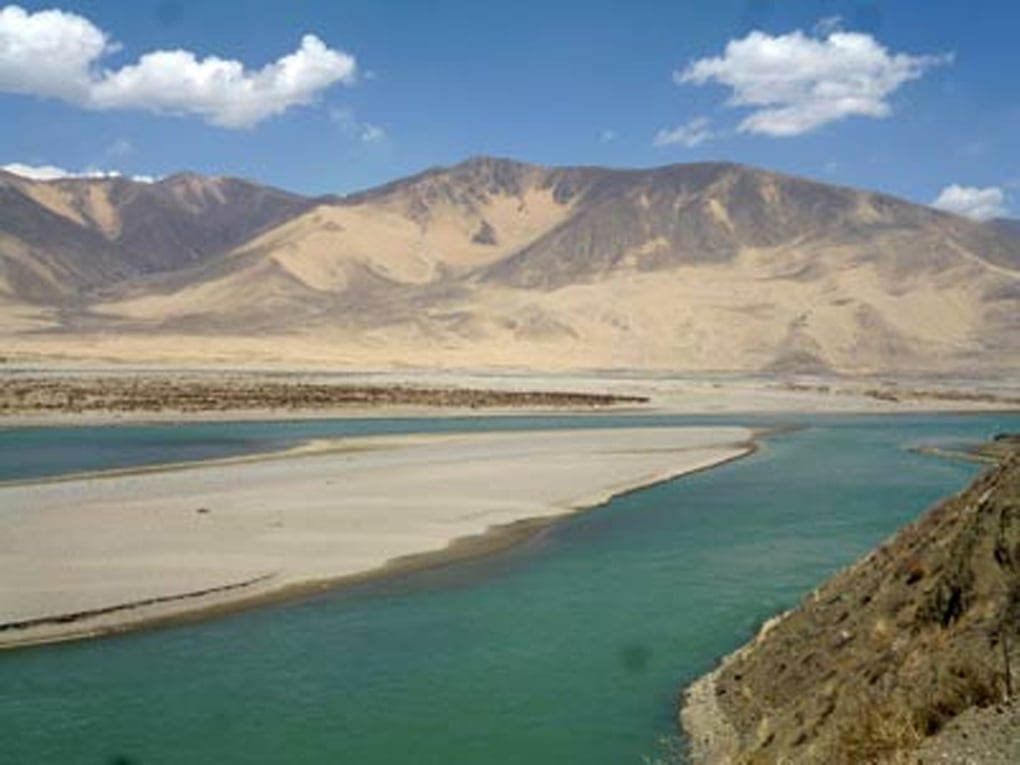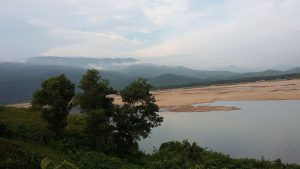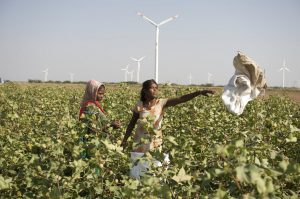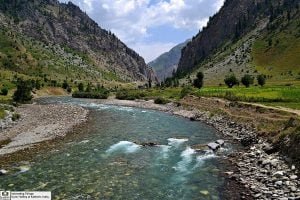There is much unease in the Indian media following an announcement by China that it has completed the dam for a hydroelectricity project at Lalho on the Xiabuqu river in Xigaze prefecture of the Tibet Autonomous Region. Xiabuqu is a tributary of the Brahmaputra, called Yarlung Zangbo in Chinese.
Xigaze was earlier known by its Tibetan name Shigatse. Its provincial capital – by the same name – has been famous as the historic seat of the Panchen Lama.
The unease in India is due to the fear that the project will reduce the flow of water in the Brahmaputra, which flows through the Indian provinces of Arunachal Pradesh and Assam before moving into Bangladesh. However, like other recent hydroelectricity projects in Tibet, Lalho is a run-of-the-river project, which will not reduce water flow once it is complete. The dam is for diverting the water into a tunnel.
It will, however, impact the flow of silt, essential to the build-up of soil in the South Asian plains.
The Lalho project is well upstream of the “great bend” made by the Brahmaputra shortly before it enters India. Other tributaries joining the Brahmaputra in and around the great bend double its water flow before the Arunachal Pradesh border. Larger tributaries join the river in India, so that it carries eight times more water when it exits the country than when it enters.
Bigger problem
The far bigger problem with the Lalho project is that it will more or less dry up a long stretch of the Xiabuqu river in an area that is already suffering from rapid desertification. As most of the water is diverted through a tunnel to produce electricity, the already serious water shortages faced by herders living along its banks will worsen.
In the Xigaze area, much of the soil along both banks of the Brahmaputra is eroded, with stretches of sand dunes and desert. The Chinese government blames a combination of prolonged drought and overgrazing, while the herders blame dams upstream in various rivers of the Brahmaputra basin.
See Hydropower challenges for the Brahmaputra: A Chinese perspective in Brahmaputra: Towards unity
The Chinese government has been defending its string of hydroelectricity projects in Tibet with the plea that the region is chronically short of energy . While that is correct right now, its 13th five year plan forecasts more large hydropower stations in Tibet in the next four years, with total generation far in excess of projected demand. The government also argues in hydropower from Tibet will be sent to industrial hubs in southern China via long distance transmission lines in due course, helping the country shift away from dirty coal.
See: China plans more dams and mega infrastructure in Tibet
The Chinese government has been keen to sell the excess electricity to India. This was one of the main reasons why it agreed to Indian requests for Brahmaputra flood season water flow data and expanded the agreement in October 2013. In 2015, China started generating electricity from the $1.5 billion Zam Hydropower Station, the largest in Tibet and built on the main stem of the Brahmaputra.
But given the current tension between India and Pakistan and China’s support to Pakistan, it is unlikely that the Indian government will agree to buy electricity from China in the foreseeable future. Some commentators in India have said the Chinese announcement of the Lalho project is timed to send a warning to India, which has suspended the regular meetings of commissioners meant to implement the India-Pakistan Indus Waters Treaty in the wake of a terrorist attack that killed 19 Indian soldiers.
See India suspends Indus commissioners’ meetings
The Lalho project will need an investment of 4.95 billion yuan ($740 million), making it the most expensive hydroelectricity project of its kind, according to Zhang Yunbao, head of the project’s administration bureau. Construction on the project began in June 2014. Now that the diversion dam has been completed, it may be ready on schedule by 2019.







